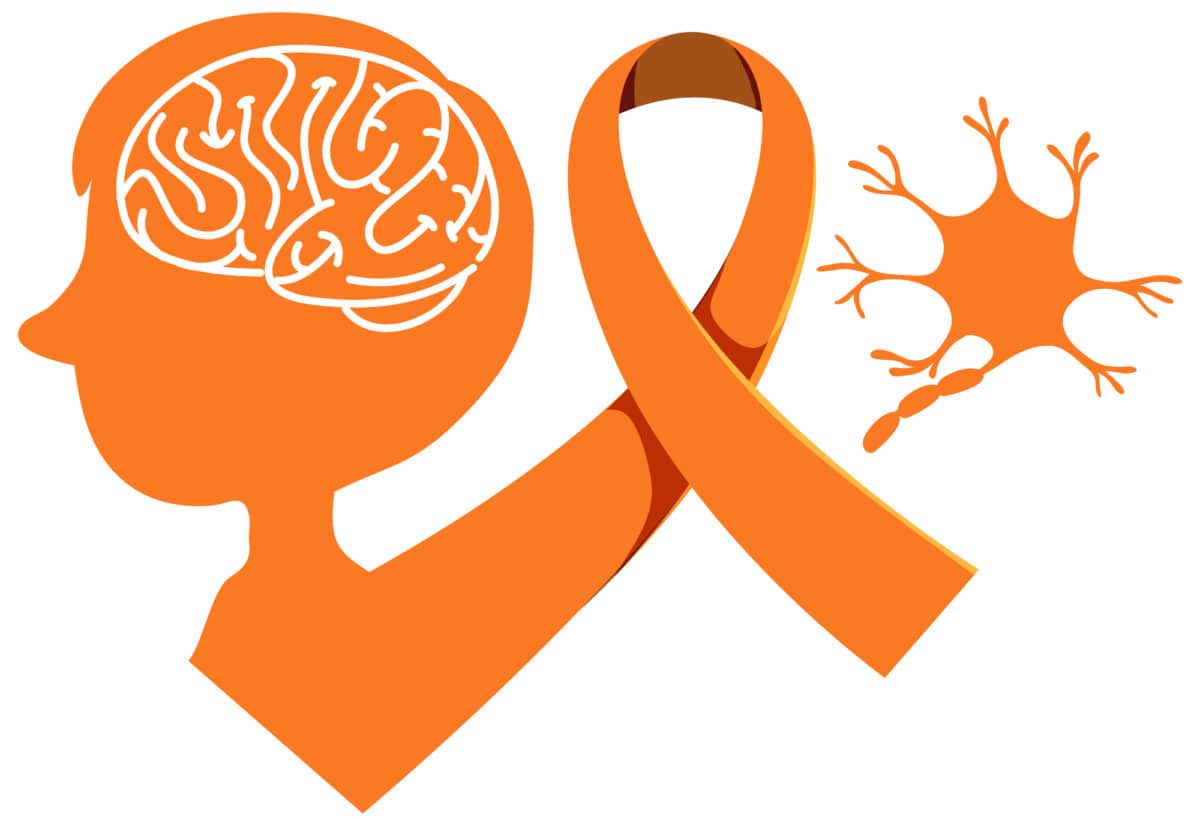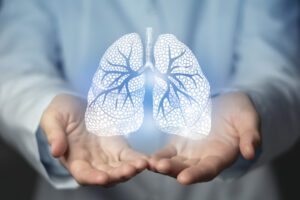Multiple sclerosis is a chronic disease that affects the central nervous system’s brain, spinal cord, and optic nerves.
The protective sheath (myelin) that surrounds nerve fibers is attacked by the immune system in MS. This causes communication issues between the brain and the rest of the body.
The condition might eventually cause permanent nerve damage or degeneration.
MS produces inflammation as well as transient lesions. It can also result in long-term scar tissue, making it difficult for your brain to relay messages to the rest of your body.
Below, you’ll get an overview of the signs, symptoms, causes, and treatment for multiple sclerosis.
Multiple Sclerosis Symptoms, Signs and Treatments
Signs and Symptoms of Multiple Sclerosis
Depending on where the damaged nerve fibers are located, the signs and symptoms of multiple sclerosis can vary widely from person to person and during the course of the disease.
Multiple sclerosis (MS) patients have a wide spectrum of symptoms. And these symptoms can impact any region of the body since it affects the CNS, which controls all of the body’s actions.
Symptoms of multiple sclerosis may include the following:
- fatigue
- difficulty walking
- vision problems, such as blurred vision
- problems controlling the bladder and bowel
- numbness or tingling in various parts of the body
- muscle stiffness and spasms
- problems with balance and coordination
- problems with thinking, learning, and planning
- emotional changes and depression
- chronic pain
- difficulty chewing and swallowing
- sleep issues
Causes of Multiple Sclerosis
What causes Multiple Sclerosis is unknown. However, risk factors of it may include:
- Your age – Multiple sclerosis often occurs in people between the ages of 20 and 40
- Your sex – Most forms of Multiple sclerosis are twice likely to happen in women as men
- Genetic factors – Although susceptibility to MS may be passed down to the next generations, experts believe an environmental trigger is also required for the disease to manifest, even in persons with specific genetic characteristics.
- Smoking – People who smoke appear to have a higher risk of developing MS. They also had greater lesions and atrophy in the brain than nonsmokers.
- Vitamin B12 and D deficiency – MS is more likely in people who do not get enough bright sunlight exposure, which the body needs to produce vitamin D. Low vitamin D levels, according to some scientists, may impact how the immune system functions. When the body makes myelin, it utilizes vitamin B. This vitamin deficiency may raise the risk of neurological illnesses like MS
Treatments for Multiple Sclerosis
Although there is no cure for MS, there are treatments that can help decrease the disease’s progression, minimize the number and severity of relapses, and relieve symptoms.
These treatments include:
- Disease-Modifying Therapies (DMTs) – DMTs are medications used to help slow the course of MS and reduce the likelihood of relapse.
- Self-injectable DMTs may include the following:
- Avonex
- Betaseron
- Extavia
- Plegridy
- Rebif
- Oral DMT medications:
- dimethyl fumarate (Tecfidera)
- fingolimod (Gilenya)
- teriflunomide (Aubagio)
- cladribine (Mavenclad)
- diroximel fumarate (Vumerity)
- siponimod (Mayzent)
- Intravenous (IV) infusion treatments DMT:
- alemtuzumab (Lemtrada)
- natalizumab (Tysabri)
- mitoxantrone (Novantrone)
- Ocrelizumab (Ocrevus)
- Self-injectable DMTs may include the following:
- Corticosteroids such as:
- methylprednisolone (Medrol)
- Acthar Gel (ACTH)
Other treatments may alleviate certain symptoms to help you relieve pain. Because everyone’s MS is distinct, treatment is based on your symptoms. For the most part, a flexible approach is required.








